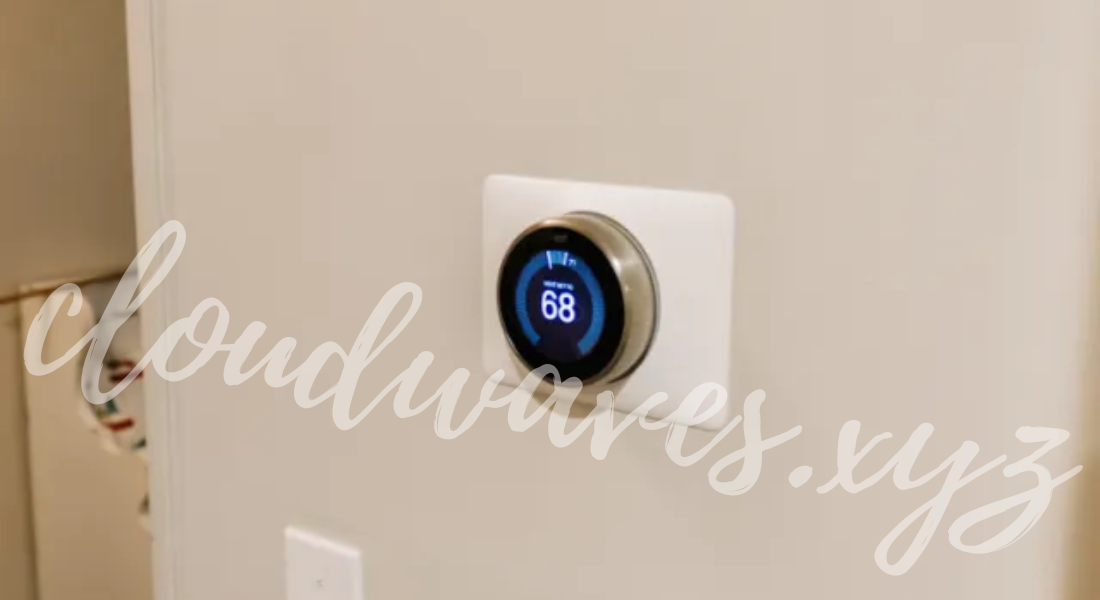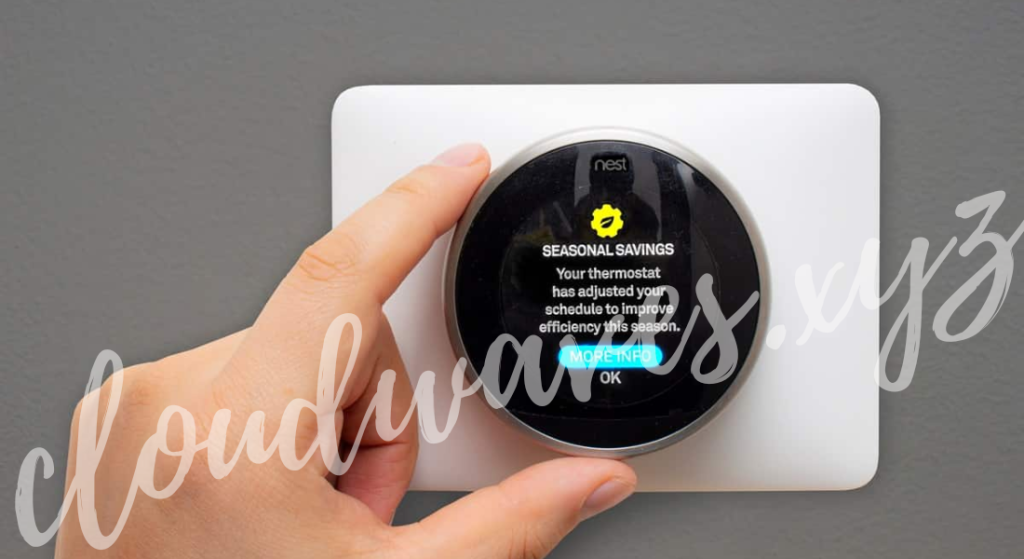BLOG
Mastering Nest Thermostat Scheduling: A Step-by-Step Guide to Optimize Your Home’s Comfort and Energy Efficiency
Introduction to Nest Thermostat Scheduling
In today’s world, smart home technology has revolutionized how we interact with our living spaces. One of the standout features of smart home systems is the ability to control and optimize the heating and cooling of our homes. Among the most popular devices for this purpose is the Nest Thermostat, a product that has made waves due to its user-friendly interface, intuitive learning capabilities, and energy-saving features.
A key aspect of the Nest Thermostat is its scheduling feature. Nest thermostat scheduling allows homeowners to create a tailored temperature schedule that aligns with their daily routine, ensuring comfort while minimizing energy consumption. But how exactly does Nest thermostat scheduling work, and how can you set it up to benefit from its full potential?
In this guide, we’ll take you through everything you need to know about Nest thermostat scheduling: from basic setup to advanced features. Whether you’re looking to save on energy bills, improve your home’s comfort, or simply get the most out of your smart thermostat, this article will provide actionable tips and insights.
Understanding Nest Thermostat Scheduling
Nest thermostat scheduling is designed to help you automatically adjust your home’s temperature based on your preferences and routine. By creating a schedule, the thermostat will adjust your home’s temperature at specific times of the day, eliminating the need for constant manual adjustments.
The Nest Thermostat uses smart learning technology, which means it will learn your routine over time. Initially, you can set a schedule manually, but as it observes your patterns, it will start making automatic adjustments. The goal is to keep your home comfortable while reducing energy use.
Key Features of Nest Thermostat Scheduling:
- Automatic adjustments: The thermostat learns your preferences and adjusts the temperature based on your habits.
- Energy-saving modes: By adjusting temperatures when you are not at home, it helps reduce unnecessary energy consumption.
- Multiple schedules: You can set different schedules for weekdays and weekends, adapting to your changing lifestyle.
- Remote control: Use the Nest app to manage your thermostat remotely, making changes from anywhere.
How to Set Up Nest Thermostat Scheduling
Setting up Nest thermostat scheduling is simple and can be done in just a few steps. Here’s a breakdown of the process:
Step 1: Install Your Nest Thermostat
If you haven’t already installed your Nest Thermostat, you will need to do so first. The installation process is straightforward, but if you’re not comfortable doing it yourself, it’s best to hire a professional.
Step 2: Open the Nest App
Once the thermostat is installed, download and open the Nest app on your smartphone. Make sure your thermostat is connected to your home’s Wi-Fi network.
Step 3: Set Your Preferred Temperature
On the app or the thermostat itself, choose your preferred temperature. This will be the baseline temperature that the system will adjust from.
Step 4: Create a Schedule
- Go to the “Schedule” section of the app.
- Set a temperature for each time of the day. You can create different schedules for weekdays and weekends to match your routine.
- For example, you might want your home cooler during the day when you’re at work, and warmer in the evening when you’re at home.
Step 5: Adjust for Energy Savings
Consider setting your thermostat to a higher or lower temperature when you’re not at home to save energy. The Nest Thermostat can adjust automatically, but manually fine-tuning the schedule helps further reduce energy consumption.
Step 6: Use Auto-Away Mode
Nest’s Auto-Away feature can sense when you’re not home and will adjust the temperature accordingly. This further ensures that your thermostat isn’t running unnecessarily when you’re away, leading to energy savings.
Step 7: Fine-Tune Over Time
As your Nest Thermostat learns your habits, you may notice automatic changes. Fine-tune the schedule if necessary, based on your evolving needs.

Tips for Optimizing Your Nest Thermostat Scheduling
To truly harness the full power of Nest thermostat scheduling, here are some tips to maximize its benefits:
1. Set Different Schedules for Weekdays and Weekends
Your schedule may differ during the week compared to the weekend. For instance, you might be at work during weekdays but spend more time at home on the weekends. Nest allows you to set separate schedules for these days, optimizing comfort without wasting energy.
2. Use Temperature Setbacks
If you’re looking to save energy, set your thermostat to reduce the temperature during the night or when you’re away. For example, you could reduce the temperature by 5°F at night and 10°F during the workday.
3. Utilize the Early-On Feature
Nest thermostats have an “Early-On” feature that pre-heats or cools your home before your scheduled time to ensure it reaches the desired temperature by the time you need it. This is especially useful for mornings when you wake up to a comfortable home.
4. Take Advantage of Smart Sensors
The Nest Thermostat has built-in motion sensors that detect when people are in the house. Pairing this feature with scheduling allows you to make more intelligent adjustments. The thermostat will avoid running while no one is home and will kick on as soon as people enter.
5. Use the Home/Away Assist
Home/Away Assist helps ensure that your thermostat doesn’t run when you’re not at home. It uses sensors or the location of your phone to determine if anyone is present. You can combine this with a temperature schedule to have a truly efficient system.
Common Nest Thermostat Scheduling Mistakes to Avoid
While Nest thermostat scheduling is easy to set up, there are a few common mistakes people make when configuring it. Here are some to watch out for:
1. Setting Too Many Different Schedules
While it’s tempting to create highly detailed schedules, it’s better to keep things simple. Too many temperature changes can confuse the system and prevent it from running smoothly.
2. Not Adjusting for Seasonal Changes
As the seasons change, so should your thermostat settings. In summer, you might prefer a cooler home, while in winter, you’ll want to keep it warmer. Make sure to adjust your schedule accordingly.
3. Ignoring Energy-Saving Options
While comfort is important, energy savings should be a priority. Make sure to set energy-saving temperatures during off-hours, and utilize the Auto-Away feature.
4. Forgetting to Check Your Schedule Regularly
Your routine may change, and so should your thermostat settings. Review your schedule every few months to ensure it aligns with your current habits.
Conclusion: Nest Thermostat Scheduling for a Smarter Home
The Nest Thermostat scheduling feature is a powerful tool that can help optimize the comfort of your home while saving energy. By setting a personalized schedule that matches your lifestyle, you can create an environment that’s both comfortable and cost-effective. Moreover, by fine-tuning your thermostat and leveraging features like Auto-Away, Early-On, and Home/Away Assist, you ensure that your system is always running efficiently.
As you become more familiar with your Nest Thermostat, you’ll be able to take full advantage of its features to enhance your home’s climate control. With a little effort upfront, you can enjoy year-round comfort and reduced energy bills.

